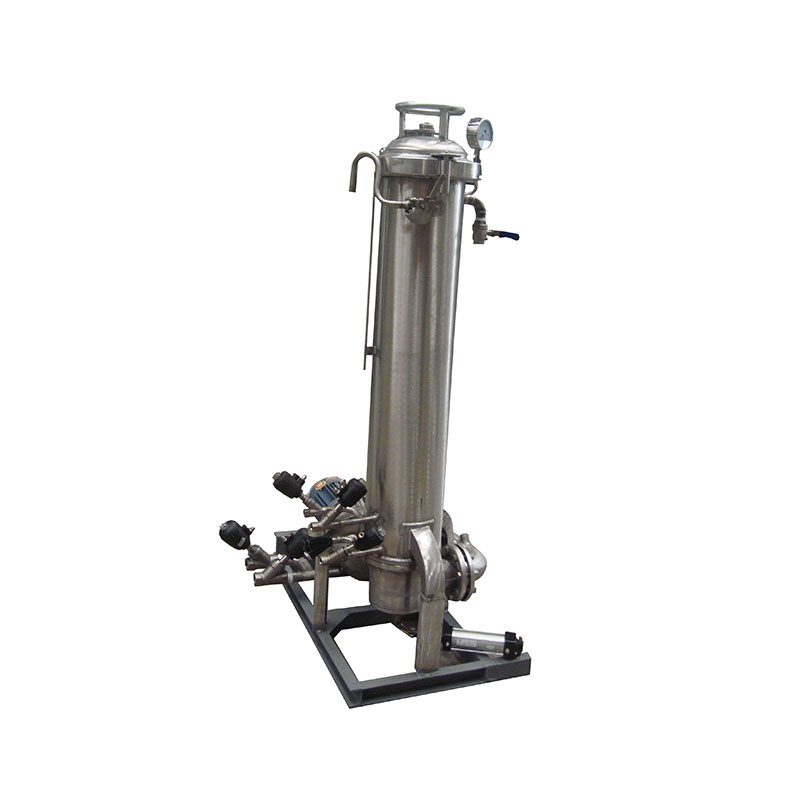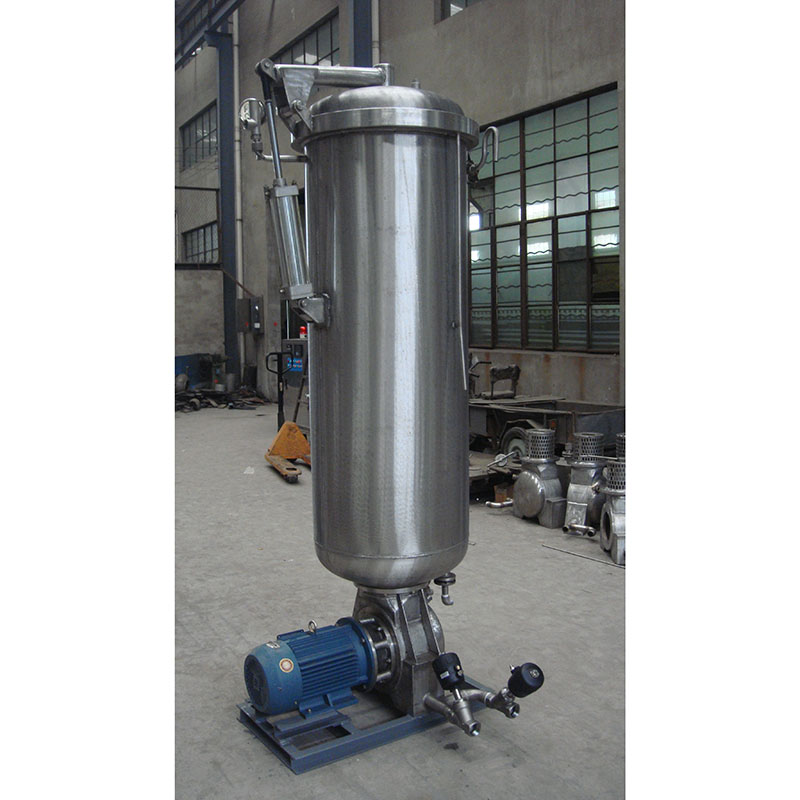HTHP stands for High Temperature High Pressure. An HTHP dyeing machine is a specialized piece of equipment used in the textile industry for dyeing synthetic fibers, such as polyester, nylon, and acrylic, which require high temperatures and pressures to achieve proper dye penetration and fixation.
Advantages
Superior Dye Penetration:
Even Color Distribution: The loose structure of the hank allows the dye to penetrate the yarn more evenly, resulting in a uniform color.
Deep Dyeing: The dye can reach the core of the yarn, ensuring that the color is consistent throughout the entire length of the yarn.
Better Hand Feel:
Softness: Hank dyeing tends to preserve the natural softness and elasticity of the yarn, making it ideal for high-quality textiles.
Texture: The process maintains the natural texture and luster of the fibers, which is particularly important for luxury fibers like silk and fine wool.
Flexibility:
Small Batches: Hank dyeing is well-suited for small batches, making it ideal for custom orders, artisanal products, and specialty yarns.
Color Variety: It allows for a wide range of colors and shades, including custom and unique colorways.
Environmental Benefits:
Lower Water Usage: Compared to some other dyeing methods, hank dyeing can be more water-efficient.
Reduced Chemical Use: The process can be more environmentally friendly, especially when using natural or low-impact dyes.
Quality Control:
Manual Inspection: The process allows for close inspection of the yarn before, during, and after dyeing, ensuring high-quality results.
Customization: Easier to make adjustments and corrections during the dyeing process, which is beneficial for achieving precise color matches.
Versatility:
Variety of Fibers: Suitable for a wide range of natural fibers, including wool, cotton, silk, and linen.
Special Effects: Allows for the creation of special dyeing effects such as variegated, ombre, and space-dyed yarns.
Reduced Tension:
Less Stress on Fibers: The loose winding of the yarn in hanks reduces tension and stress on the fibers, minimizing the risk of damage and breakage.


Applications of the HTHP Method:
Dyeing Synthetic Fibers:
Polyester: Polyester fibers require high temperatures (typically around 130-140°C) for the dye to properly penetrate and fix to the fiber.
Nylon: Similar to polyester, nylon also requires high temperatures for effective dyeing.
Acrylic: Acrylic fibers can also be dyed using the HTHP method to achieve vibrant and uniform colors.
Blended Fabrics:
Synthetic-Natural Blends: Fabrics that are blends of synthetic and natural fibers can be dyed using the HTHP method, provided the process parameters are carefully controlled to accommodate the different fiber types.
Specialty Textiles:
Technical Textiles: Used in the production of technical textiles that require specific dyeing conditions to meet performance criteria.
Functional Fabrics: Fabrics with special functionalities, such as moisture-wicking or UV protection, often require precise dyeing conditions achievable through the HTHP method.
Purposes of the HTHP Method:
Enhanced Dye Penetration:
Uniform Color: The high temperature and pressure ensure that the dye penetrates the fibers uniformly, resulting in consistent and even color.
Deep Dyeing: The method allows the dye to reach the core of the fibers, ensuring thorough and deep dyeing.
Improved Dye Fixation:
Colorfastness: The high temperature helps in better fixation of the dye to the fiber, improving the colorfastness properties such as wash fastness, light fastness, and rub fastness.
Durability: Enhanced dye fixation contributes to the durability of the dyed fabric, making it more resistant to fading and wear.
Efficiency:
Faster Dyeing Cycles: The HTHP method allows for faster dyeing cycles compared to traditional methods, increasing production efficiency.
Energy and Water Savings: Modern HTHP dyeing machines are designed to be energy-efficient and reduce water consumption, making the process more sustainable.
Versatility:
Wide Range of Colors: The method supports a wide range of dye types and colors, allowing for greater flexibility in textile design.
Special Effects: Capable of producing special dyeing effects such as deep shades, bright colors, and complex patterns.
Quality Control:
Consistent Results: Advanced control systems in HTHP dyeing machines allow for precise control over temperature, pressure, and dyeing time, ensuring consistent and high-quality results.
Customization: The method allows for customization of dyeing parameters to meet specific requirements of different textile products.
Post time: Sep-23-2024
